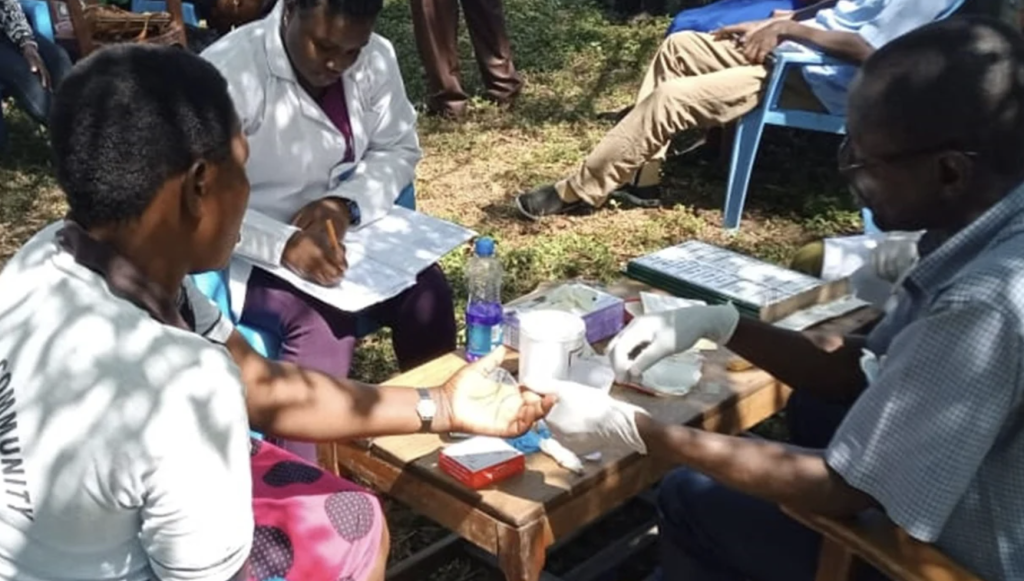Syllabus:
GS2: Issues relating to development and management of Social Sector/Services relating to Health, Education, Human Resources.
Context: Kenya becomes the tenth country globally eliminate Human African trypanosomiasis or sleeping sickness, as a public health challenge.
More on the News
• The World Health Organisation (WHO) certified Kenya as having eliminated human African trypanosomiasis, also known as sleeping sickness in August 2025, making it the 10th country to reach this critical milestone.
• This marked the country’s second victory over a neglected tropical disease following the defeat of Guinea worm disease in 2018.
• Kenya’s first sleeping sickness case was reported in the early 20th century, with the last two exported cases detected in 2012 in the Maasai Mara National Reserve.
• Kenya will conduct post-validation surveillance, while WHO will monitor affected areas and maintain emergency drug stocks for rapid response.
• Kenya now joins nine African nations including Benin, Chad, Côte d’Ivoire, Equatorial Guinea, Ghana, Guinea, Rwanda, Togo and Uganda — in eliminating HAT as a public health problem in Africa.
Human African trypanosomiasis (HAT)
• Human African trypanosomiasis (HAT), also known as sleeping sickness is caused by protozoans of the genus Trypanosoma, transmitted to humans by the bites of tsetse flies (Glossina) that have acquired the parasites from infected humans or animals.
• It is endemic in sub-Saharan Africa.
• Symptoms include fever, headaches, joint pain, and in advanced stages neurological issues such as confusion, disrupted sleep patterns, and behavioural changes. Without treatment, HAT is generally fatal.
• HAT takes 2 forms, depending on the subspecies of the infecting parasite:
- Trypanosoma brucei gambiense (92% of reported cases)
- Trypanosoma brucei rhodesiense (8%).
• Control efforts cut new cases by 97% in 20 years, but diagnosis and treatment remain complex and skill-intensive.
A road map for Neglected Tropical Diseases (NTD) 2021–2030
• It is the World Health Organization’s (WHO) blueprint and strategic framework for the prevention, control, elimination, and eradication of 20 neglected tropical diseases (NTDs) and related conditions by 2030.
• The overarching 2030 global targets are to:
- Reduce by 90% the number of people requiring treatment for NTDs.
- Eliminate at least one NTD in 100 countries.
- Eradicate two diseases (dracunculiasis and yaws)
- Reduce by 75% the disability-adjusted life years (DALYs) related to NTDs.
• With less than five years to go, 57 countries have successfully wiped out at least one Neglected Tropical Disease (NTD).
Diseases eradicated by India
• Smallpox: India played a key role in the global eradication of smallpox, with the last case reported in 1977.
• Polio: India was declared polio-free in 2014 after sustained vaccination campaigns and the last reported case in 2011.
• Guinea Worm Disease: India was certified free of guinea worm disease in 2000.
• Yaws: India was declared yaws-free in 2016.
Sources:
https://www.who.int/news-room/fact-sheets/detail/trypanosomiasis-human-african-(sleeping-sickness)

